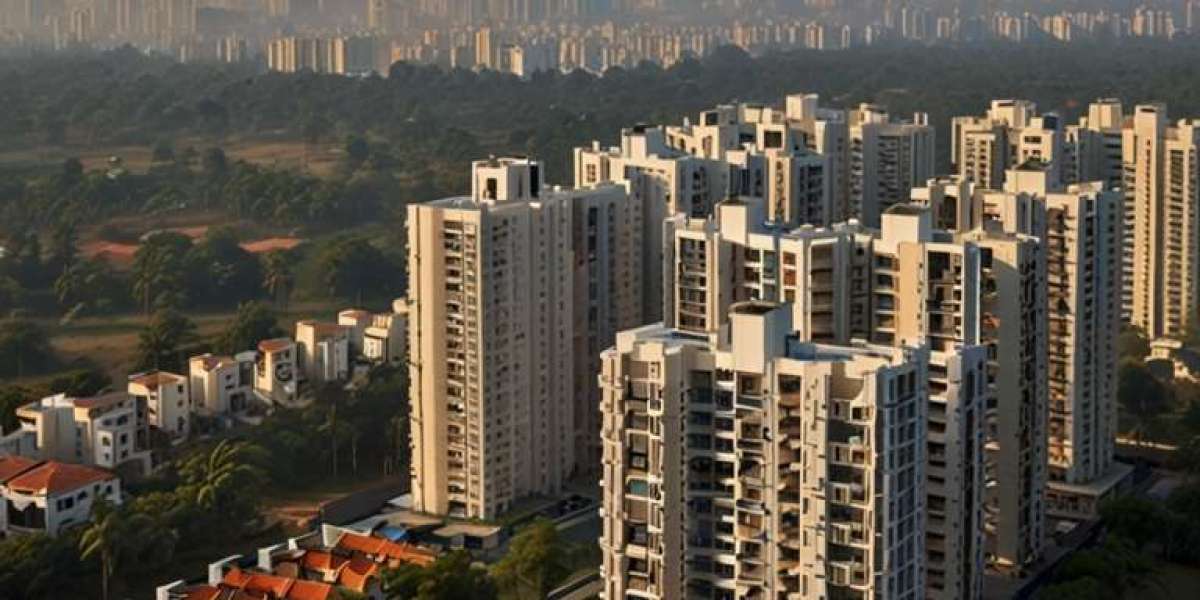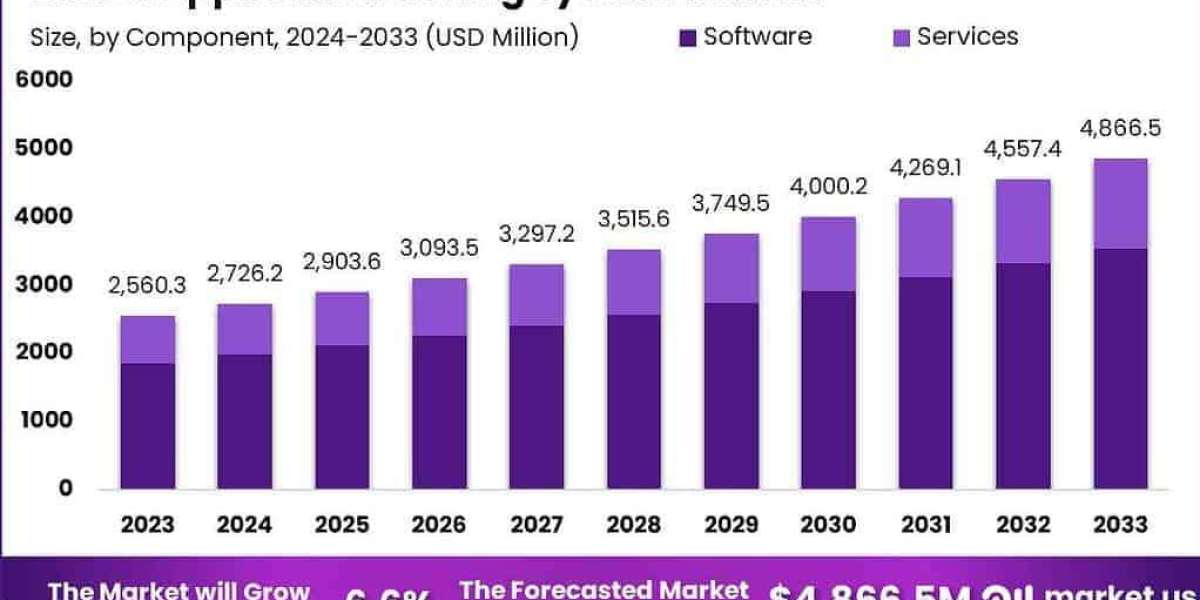Industry Key Highlights
The India Housing Loan Market has emerged as a vital pillar in the country’s financial landscape, standing at a valuation of USD 329.88 billion in 2024 and projected to surge to USD 561.47 billion by 2030, growing at a compound annual growth rate (CAGR) of 9.33%. This robust growth is fueled by the convergence of policy reforms, digital transformation, changing demographic patterns, and evolving consumer expectations. Housing finance is no longer a service for the affluent alone; it has transformed into a mass-market necessity driven by urban migration, rising middle-class aspirations, and supportive government initiatives.
A key force behind this surge is the declining interest rate environment, enabled by strategic policy directions from the Reserve Bank of India (RBI). Over the last few years, lower interest rates have significantly improved housing affordability, unlocking homeownership opportunities for millions across both urban and semi-urban India. With private banks, public sector banks, and housing finance companies (HFCs) offering flexible loan products tailored to various income brackets, the market is demonstrating signs of increased maturity and inclusiveness.
Download Free Sample Report: https://www.techsciresearch.com/sample-report.aspx?cid=15562
Market Drivers
1. Digital Lending Revolution
One of the most transformative shifts in the India Housing Loan Market is the rise of digital lending platforms. These platforms have drastically reduced the complexities associated with loan applications. Today, potential borrowers can apply online, complete e-KYC processes, upload documents digitally, and receive loan approval within hours. Leading institutions like HDFC Ltd., State Bank of India (SBI), and ICICI Bank are spearheading this shift, offering feature-rich mobile apps and web portals to attract and retain digital-first customers.
Artificial Intelligence (AI) and Big Data analytics are further enabling automated underwriting and credit scoring, reducing turnaround time while enhancing risk management. Additionally, digital platforms are breaking geographical barriers, extending home loans to underserved populations in Tier 2 and Tier 3 cities.
2. Rise of Housing Finance Companies (HFCs)
HFCs are emerging as a dominant force within the housing finance ecosystem. Unlike traditional banks, HFCs focus on underpenetrated markets, offering loans with relaxed eligibility criteria, minimal documentation, and customized repayment plans. This approach is particularly beneficial for self-employed individuals, informal sector workers, and low-income groups who often face rejection from conventional banking channels.
3. Urbanization and Real Estate Development
Rapid urbanization has led to increased housing demand in cities such as Bengaluru, Hyderabad, and Pune. These urban centers, coupled with a thriving IT workforce and startup culture, are driving a surge in residential construction and home purchases. Moreover, infrastructural developments such as new metro corridors, highways, and smart city initiatives have made peripheral zones more attractive for real estate investments, thus fueling the demand for housing loans.
4. Government Initiatives and Incentives
Programs like the Pradhan Mantri Awas Yojana (PMAY), interest subsidies for affordable housing, and tax benefits on home loan EMIs have significantly improved accessibility and affordability. These initiatives aim to boost homeownership among first-time buyers, especially in economically weaker sections (EWS) and lower-income groups (LIG).
Emerging Trends
1. Green and Sustainable Housing Loans
With rising awareness about climate change and sustainability, lenders are increasingly offering green housing loans. These loans incentivize borrowers to purchase or construct energy-efficient homes. Some banks even offer reduced interest rates for homes certified under green building norms.
2. Co-Living and Shared Ownership Models
Changing urban lifestyles and the millennial mindset are giving rise to co-living spaces and fractional home ownership. Some lenders are now extending loans tailored for such innovative property ownership models, marking a shift from conventional family-based housing loans.
3. Integration of Blockchain in Mortgage Lending
Though in its infancy, blockchain technology is poised to play a transformative role in housing loan processing. Smart contracts could simplify legal formalities, while blockchain-based land registries may eliminate property fraud.
4. Embedded Credit Insurance
Lenders are offering bundled loan products with credit life insurance or home insurance, providing additional financial security to borrowers. This trend is especially strong among urban salaried borrowers.
Segmentation Analysis
The India Housing Loan Market is segmented by type, customer type, source, interest rate, tenure, and region:
- By Type: Includes home purchase, land/plot purchase, home construction, home improvement, home extension, and others.
- By Customer Type: Segregated into salaried and self-employed individuals.
- By Source: Consists of banks and housing finance companies (HFCs).
- By Interest Rate: Divided into below 10% and above 10%.
- By Tenure: Categorized into below 5 years, 5 to below 10 years, 10 to 20 years, and above 20 years.
- By Region: Covers North, South, East, and West India.
Regional Insights
The Southern region dominates the housing loan space, driven by rapid urbanization, rising incomes, and a robust real estate market. Cities like Chennai, Bengaluru, and Hyderabad have witnessed booming demand, particularly from the tech and startup workforce. Improved infrastructure, job creation, and co-living trends have made this region a key growth driver.
Meanwhile, Western India (especially Maharashtra and Gujarat) continues to attract housing investments, while Northern India is seeing renewed interest in NCR regions like Gurugram and Noida. Eastern India, although slower in growth, is witnessing steady development, especially in cities like Kolkata and Bhubaneswar.
Competitive Landscape
Key players in the India Housing Loan Market include:
- HDFC Bank Ltd.
- LIC Housing Finance Limited
- L&T Finance Limited
- Tata Capital Limited
- PNB Housing Finance Limited
- State Bank of India (SBI)
- Bajaj Housing Finance Limited
- IIFL Home Finance Limited
- Sammaan Capital Limited
- Can Fin Homes Limited
These players are investing in digital infrastructure, AI-driven underwriting, and rural penetration strategies. Collaborative ventures between fintech startups and traditional lenders are also reshaping competitive dynamics. Banks continue to focus on salaried urban clients, while HFCs are targeting underserved customer bases in semi-urban and rural India.
10 Benefits of the Research Report
- Comprehensive Market Insights: Understand market size, growth projections, and historical trends.
- Strategic Decision Making: Identify high-potential segments and tailor investment strategies.
- Competitive Intelligence: Benchmark key players, analyze market share, and review product offerings.
- Future Forecasting: Plan long-term strategies with data-driven projections up to 2030.
- Emerging Opportunities: Discover rising trends like digital lending and green loans.
- Policy Impact Analysis: Evaluate how government policies and RBI measures affect the market.
- Regional Deep Dive: Explore regional dynamics and identify area-specific growth hotspots.
- Customer Insights: Understand borrower preferences across salaried and self-employed segments.
- Technology Trends: Learn how AI, fintech, and mobile apps are revolutionizing lending.
- Customization Scope: Request tailored insights with up to 10% free customization.
Future Outlook
The India Housing Loan Market is on an upward trajectory, poised to grow significantly by 2030. This expansion will be driven by increased financial inclusion, continued digital disruption, and a favorable regulatory environment. Government initiatives promoting affordable housing, the expansion of urban infrastructure, and the entry of tech-savvy millennials into the housing market will further catalyze this growth.
With the integration of AI, blockchain, and digital onboarding, housing loans are becoming more personalized, quicker to access, and cost-effective. The rise of green finance, insurance-integrated loan products, and hybrid ownership models indicates that the housing loan ecosystem in India is evolving to meet 21st-century demands.
Contact Us-
Mr. Ken Mathews
708 Third Avenue,
Manhattan, NY,
New York – 10017
Tel: +1-646-360-1656
Email: [email protected]
Website: www.techsciresearch.com



